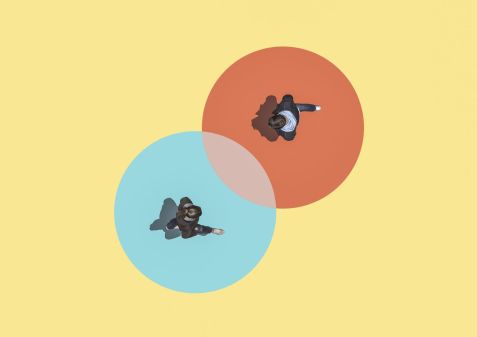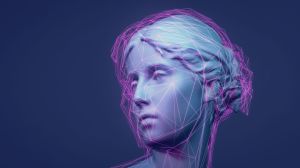Personalized learning can aid increasingly diverse classrooms

It’s time for schools to take personalized learning more seriously – and create digital maps that would chart a student’s unique learning path, according to a new report.
The report, from Digital Promise Global, called “Making Learning Personal for All – The Growing Diversity in Today’s Classroom,” highlights the changing demographics in classrooms across the country today.
In a typical class with 24 students, nearly half are living in poverty, have a disability or learning issue, are English language learners, are gifted and talented, are experiencing challenges at home that result in trauma, or some combination of these, according to the report.
But the country’s education system has to catch up with these students’ varying needs.
“Technological innovations over the
past decade now make meaningful
personalization possible, but we
can only personalize based on what
we know about the learner,” according to the report. “Current
models that drive personalization
remain overly simplistic and are
rarely based on research. These
over-simplified models risk driving
personalization in a way that leaves diverse learners behind.”
Digital Promise vows to undertake this work through its Learner Positioning Systems initiative, which brings together experts and practitioners from different fields – from cognitive science to neuroscience – to explore new models of research-based personalized education.
The report spotlights the work of Todd Rose, a researcher at Harvard Graduate School of Education, who says that students have “jagged profiles” – meaning that they have several ways to learn, different characteristics and capabilities that cannot be captured by a standardized test or IQ score.
Other researchers have found that growing up in poverty affects students’ memories when they become young adults. Psychology professors Joni Holmes,
Susan E. Gathercole, and Darren L. Dunning found that an adaptive technology program helped students with low working memory skills make substantial gains.
“These findings
indicate that impairments in working memory
and associated learning difficulties that
remain into adulthood may be overcome
with a personalized approach to instruction,” according to the report.
Technology programs, when used in small groups, have been found to help teachers target specific learning issues for students, as well as specific content areas and ages.
Text-to-speech software like Ivona and NaturalReader, originally developed to help the visually impaired, help students who have reading difficulties. Other adaptive programs like Branching Minds, a web application that tracks student progress in literacy and math, have questions that pinpoint individual student needs.
The report’s authors emphasize that “developers and designers
must create tools that are more precisely and
intentionally tuned to the specific aspects of learning for individual learners across all
content areas and developmental stages.”




